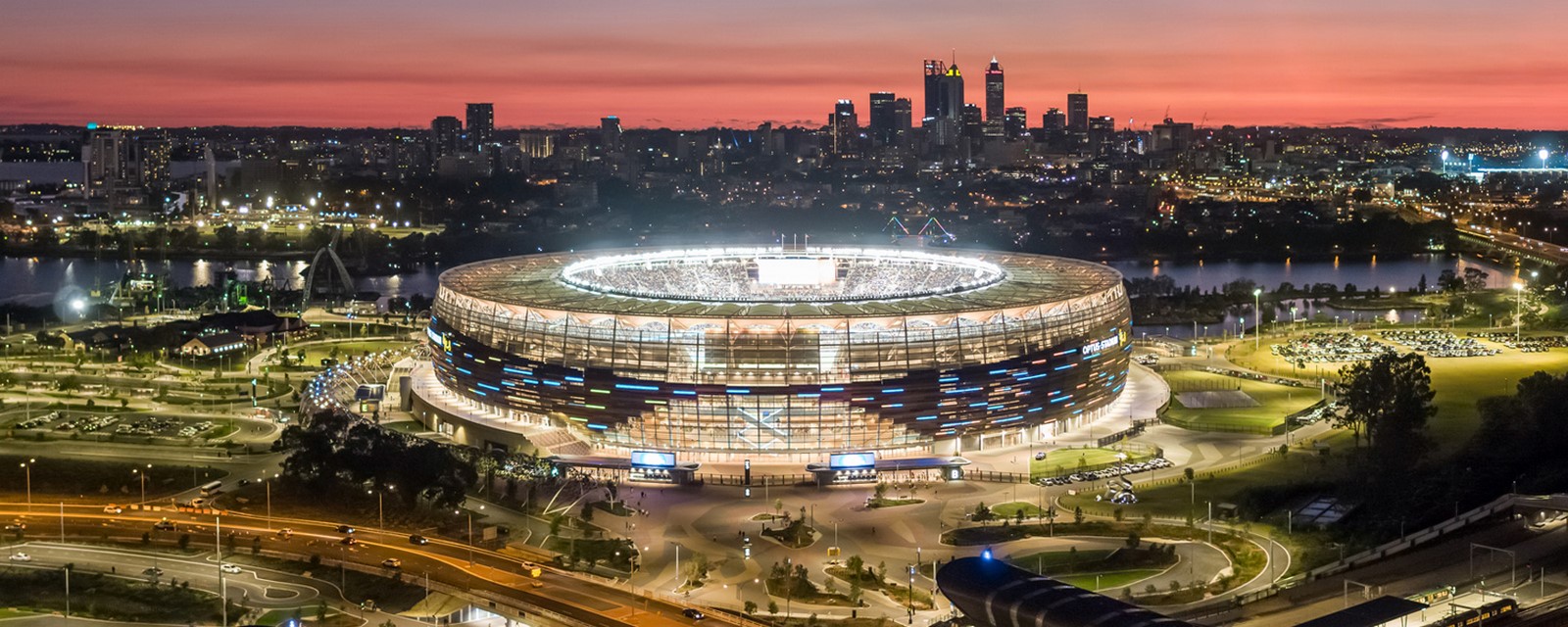Welcome to Future Talks by RTF, a captivating exploration into the minds shaping the artistic and social landscapes of tomorrow. In this illuminating session, we delve into the visionary world of Bruce Ramus, a luminary in the realm of light artistry and urban integration.
Bruce Ramus stands as a maestro of light, crafting breathtaking experiences that transcend the boundaries between art, technology, and community. With an illustrious portfolio that spans from legendary bands like U2 and R.E.M. to global events like the Super Bowl Halftime Shows, Ramus has seamlessly woven light into the fabric of our cultural consciousness.
His migration to Melbourne in 2006 marked a pivotal moment, sparking an epiphany amidst the burgeoning digital screen technology adorning our cities. Recognizing an opportunity to blend his showmanship with a desire for inclusive urban enrichment, Ramus founded Ramus Illumination. Through this venture, he embarked on a mission to create non-intrusive yet profoundly integrated works that embrace and empower diverse communities. At the core of Ramus’s vision lies a fusion of foresight and spectacle—a commitment to crafting grand-scale theatrical experiences that transcend mere aesthetics. His studio champions a new artistic form, a canvas that not only mirrors the environment but beckons public interaction and dialogue.
Join us as we engage in a dialogue with Bruce Ramus, unraveling the threads of his visionary journey, and exploring the boundless possibilities where art, technology, and societal inclusivity converge.
RTF: From working as a light artist in the live music industry in the 90s to building an essential lighting studio that has catered to bands like U2, David Bowie, and James Brown and live television shows like the Academy Awards, Grammy Awards and Super Bowl Halftime Shows. How rewarding has your journey been?
Bruce: My journey has been a beautiful evolution of my awareness of light. From its innate luminous quality within us all, to the crafting of shows and learning how and why audiences respond, to using light to dematerialise cities through the practice of Media Architecture… it’s been a very rewarding, humbling process. I worked from 1980 -2007 as a freelance lighting designer in the concert world, and then moved to Australia where I set up the RAMUS studio in 2009. Since then, the work and the relationships we’ve built has been enriching.
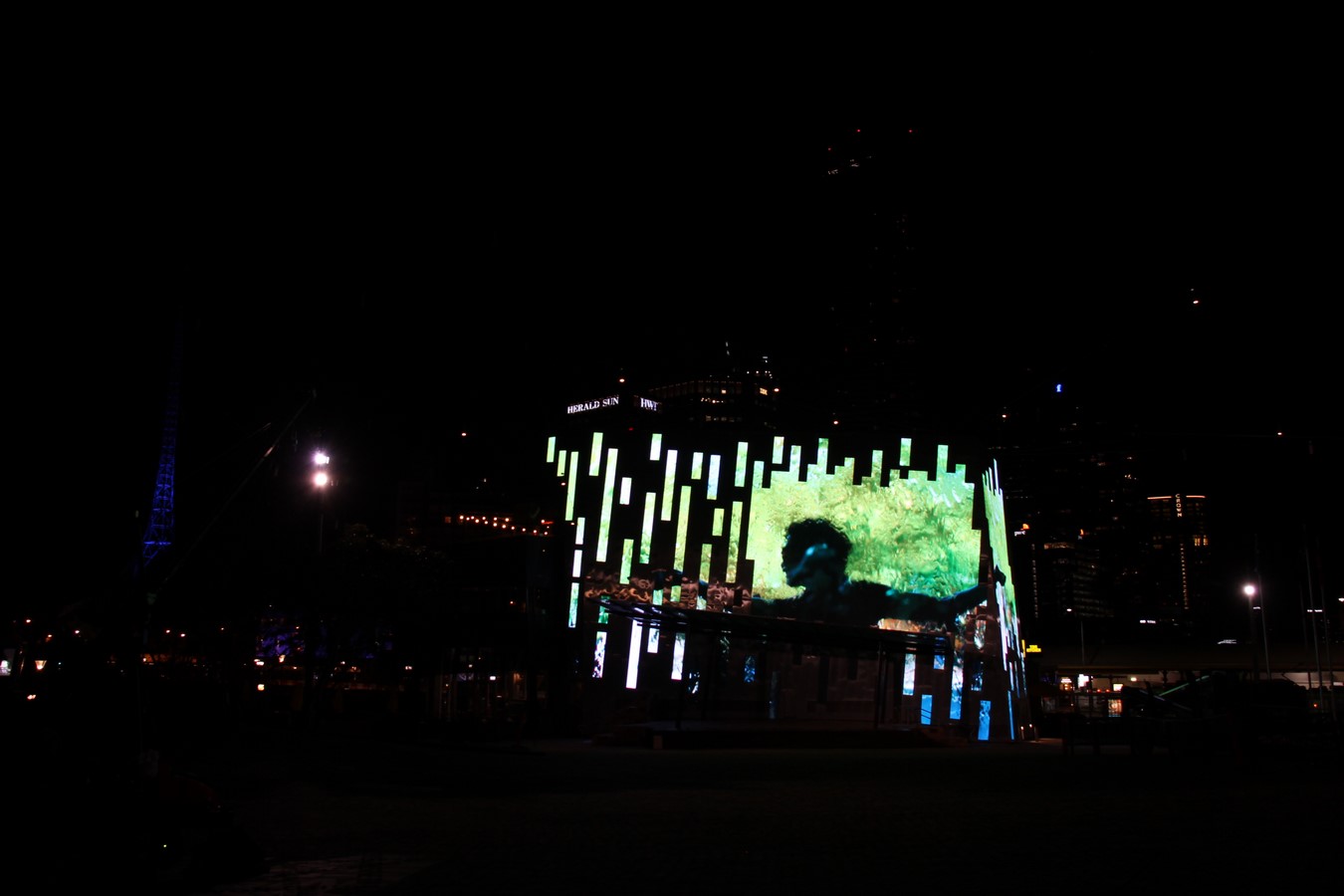
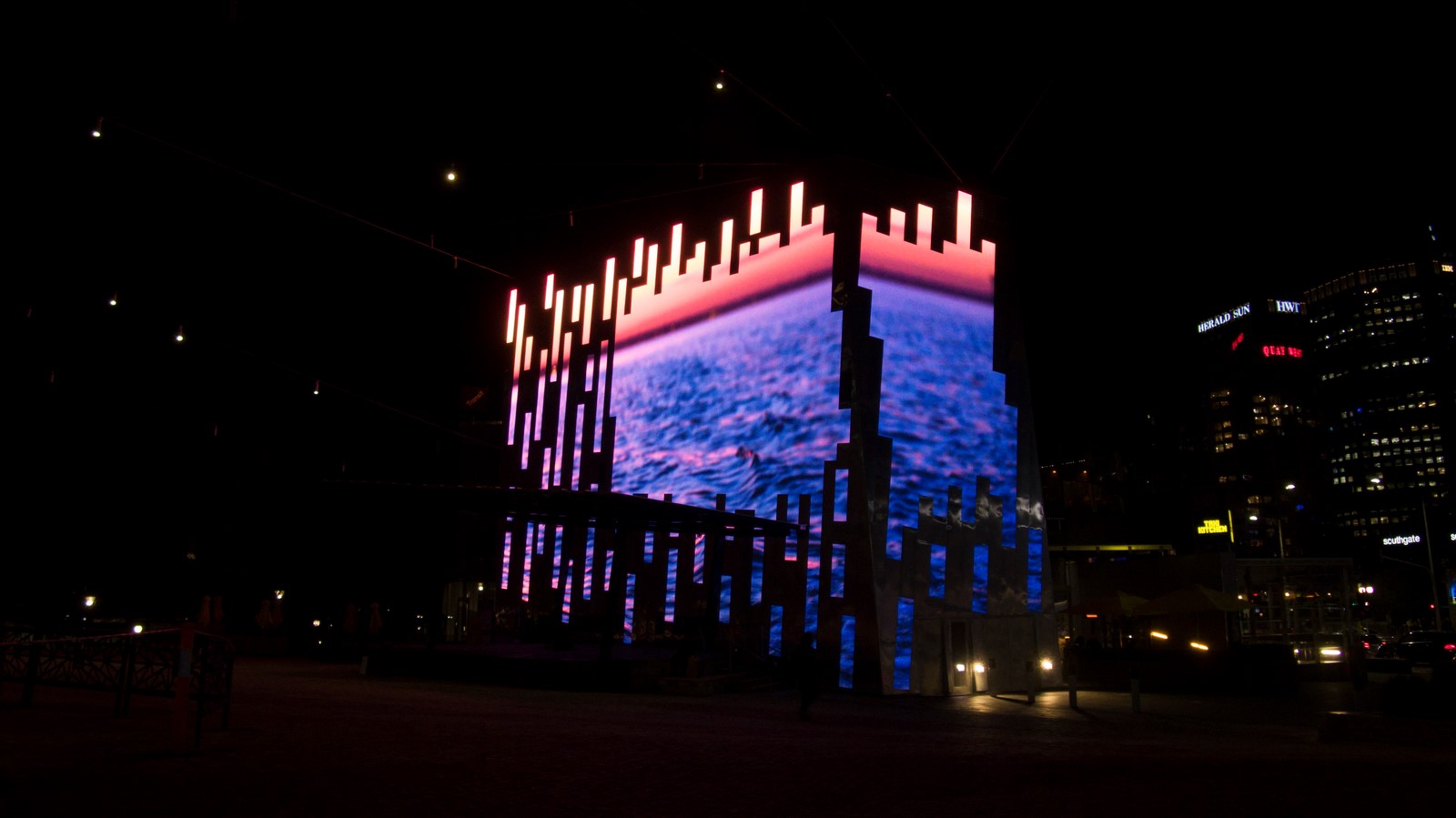
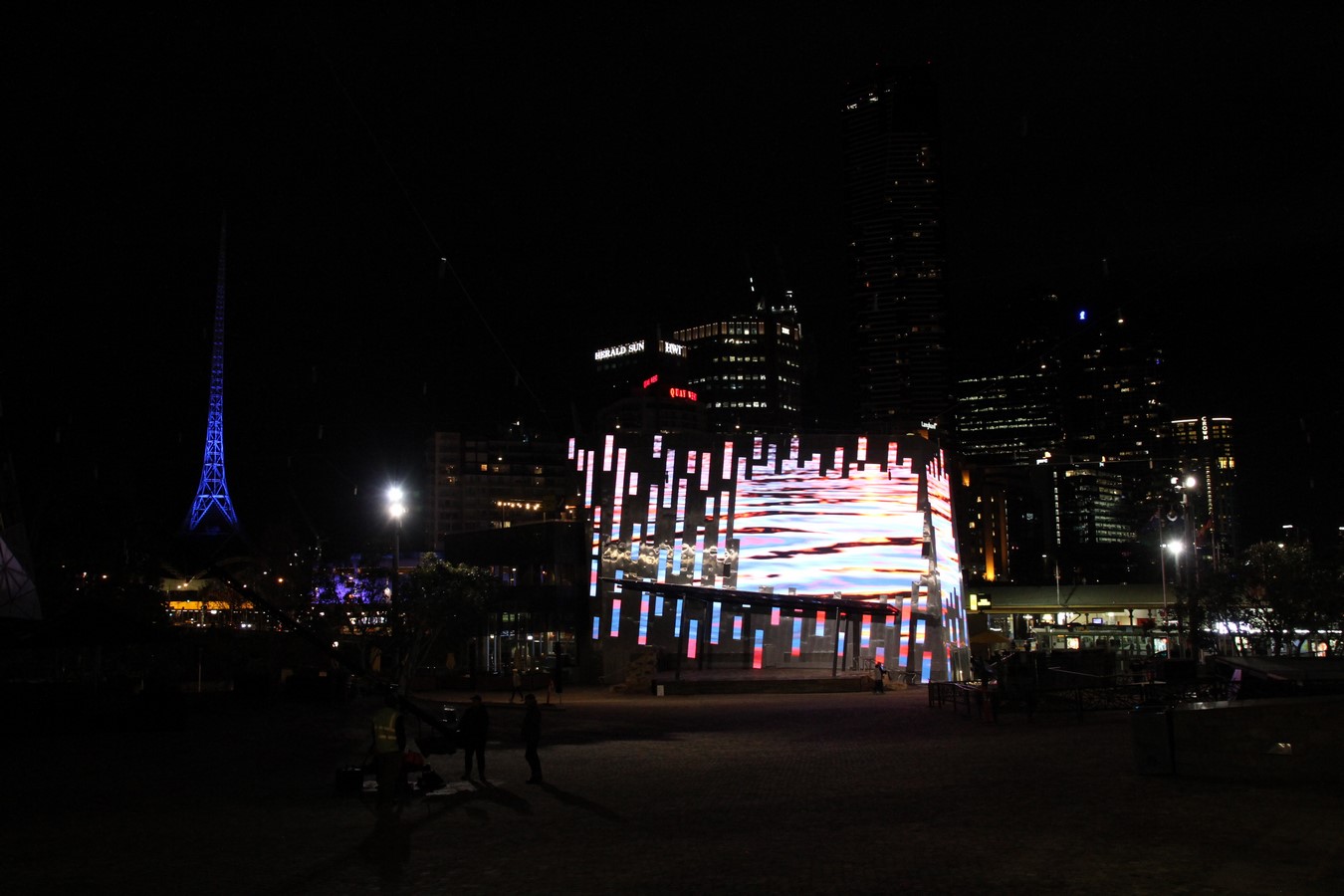
RTF: What brought you to Melbourne from Canada to form Ramus Illumination?
Bruce: The decision to move to Melbourne was based on both personal and professional reasons. I felt the receptivity and readiness of the Australian design community to embrace the early adoption and development of Media Architecture, as both a converging of multiple design disciplines, and as an inclusive art form in and of itself, was an artistically powerful opening to explore.
RTF: What were your initial experiences of understanding lights, architectural facades and video designs?
Bruce: In the context of light in architectural forms, such as facades, precincts, and commercial spaces, I experienced a prevailing approach that resulted in over-lighting, an imposition on the viewers and visitors and the delineation or articulation of the form. And video in public spaces was almost exclusively dedicated to advertising, another imposing medium. There were of course exceptions when light gently enhanced the spaces, but where ‘creative’ light was applied, the content that displayed on these installations was often an afterthought, and the pace and movement of the light did not reflect the speed of human movement, and therefore became imposing, difficult to stay with.
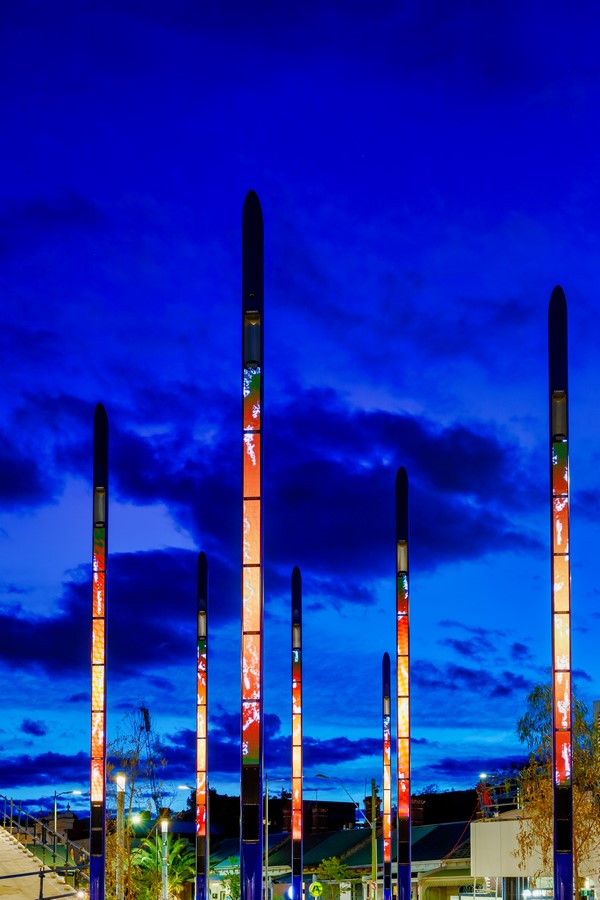
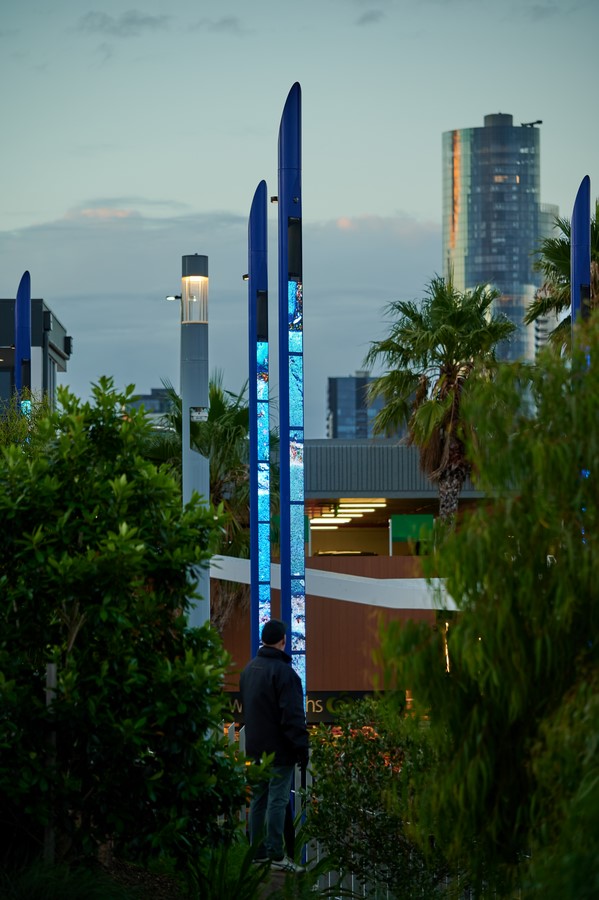
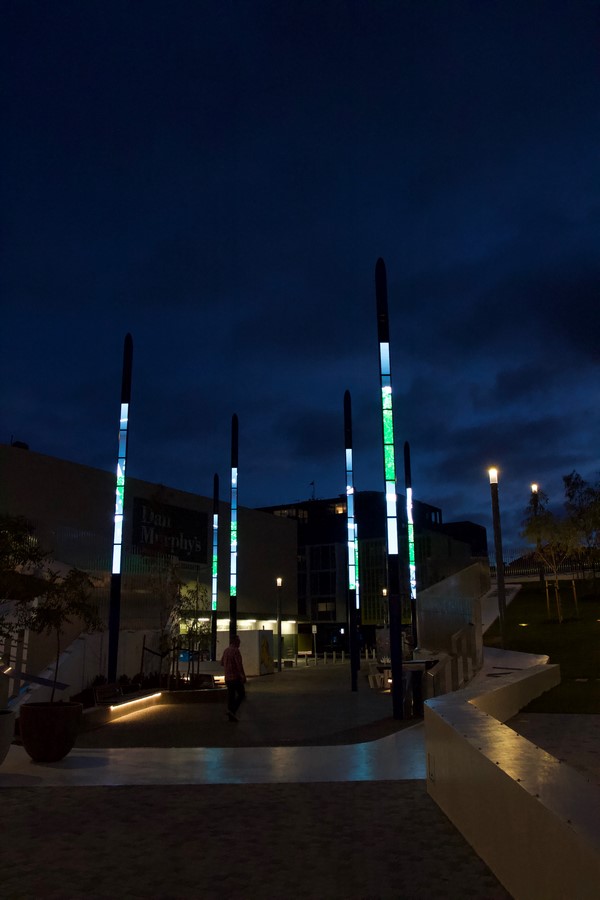
RTF: What is the essence of Ramus Illumination’s work?
Bruce: Our work is about inclusion, connection. It is about creating space, not taking up space. It is about a gentle dematerialising of form, so that the spaces and the businesses can expand at their own pace and the people who live and work there can experience a light that reflects who they are and does not exploit who they are not.
RTF: The mere fact that the light around us dictates the shape and form we perceive is enough to justify the importance of learning how it has been manipulated and represented over time. Modern artists like Grimanesa Amorós, Jim Campbell, Maja Petrić, Olafur Eliasson, and others have incorporated new technology to play on the age-old fascination humans have with art and light. How do you perceive the architectural view of lights and the changes in it with time?
Bruce: While light has played an enormous role in most art forms, Light Art itself is a relatively new conversation, and it heralds a significant change towards a more inclusive artworld. As light is both a particle (form) and a wave (formless), it is the perfect medium through which our perception of the built form is both articulated and dematerialised at the same time. Our every cell emits light, and it is the catalyst for growth. I see light as communication, and it communicates the foundation of what makes us equal. When considering its role in architecture, I would say that all form is a mere framing of the light within which we evolve, and architecture as a design discipline is beginning to become aware of using artificial light more as a material, and our cities are consequently becoming lighter, more liveable. There’s a fair way to go yet, but the future looks promising.
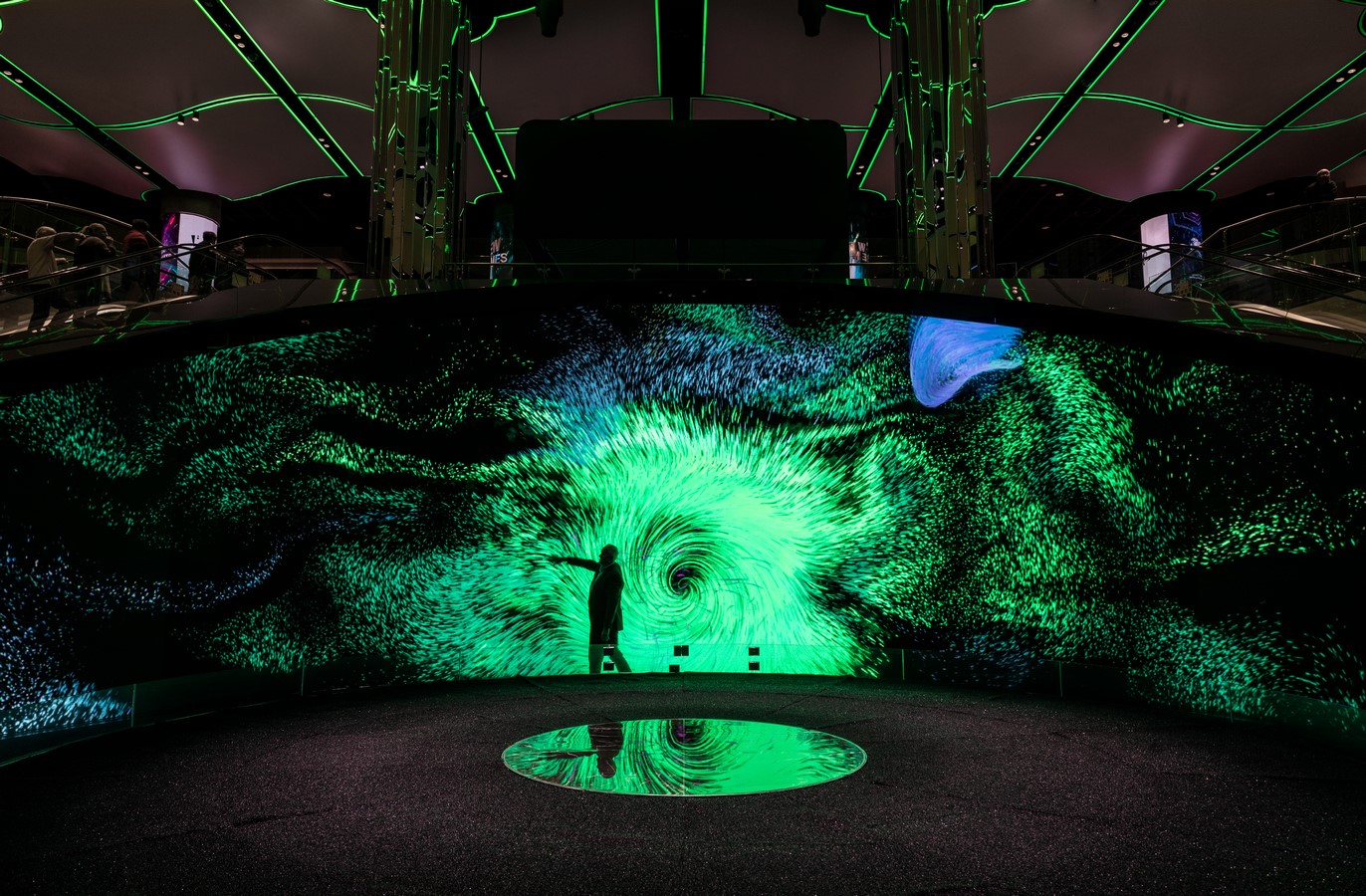
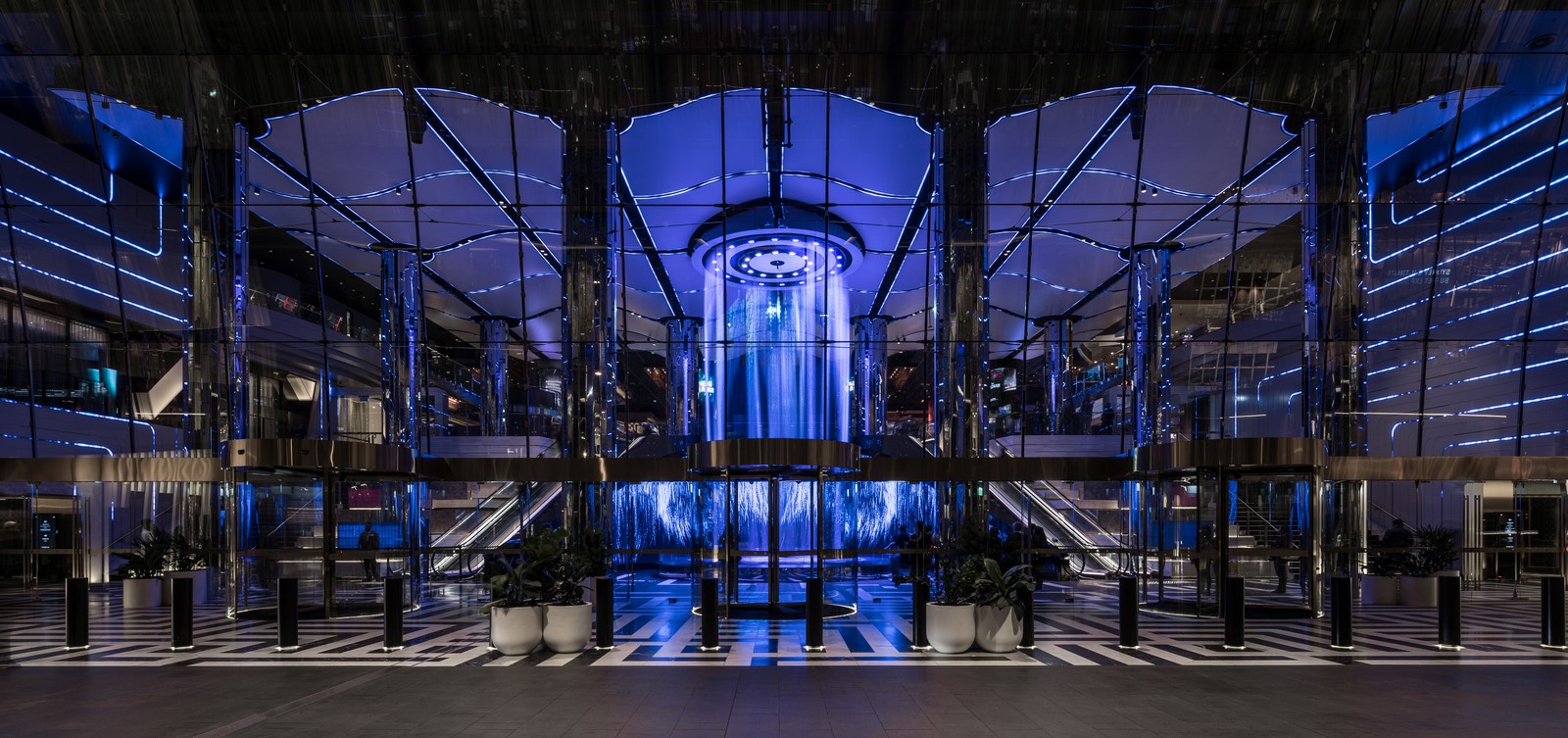
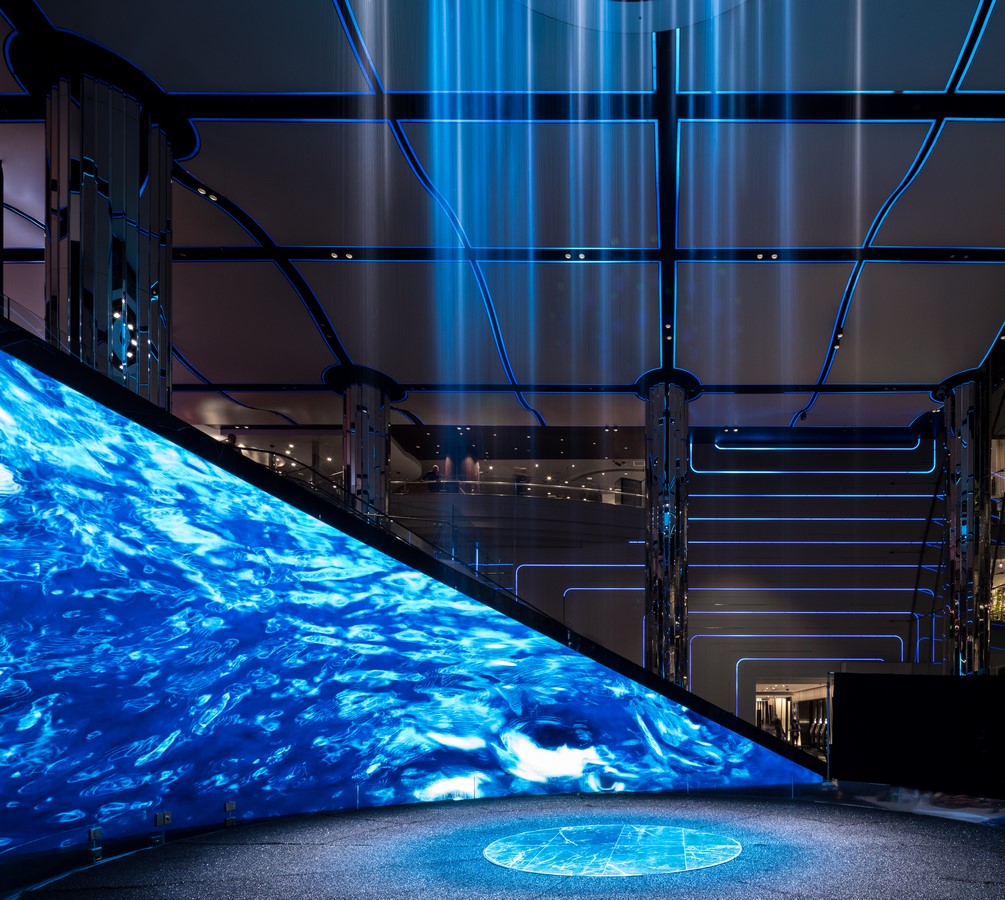
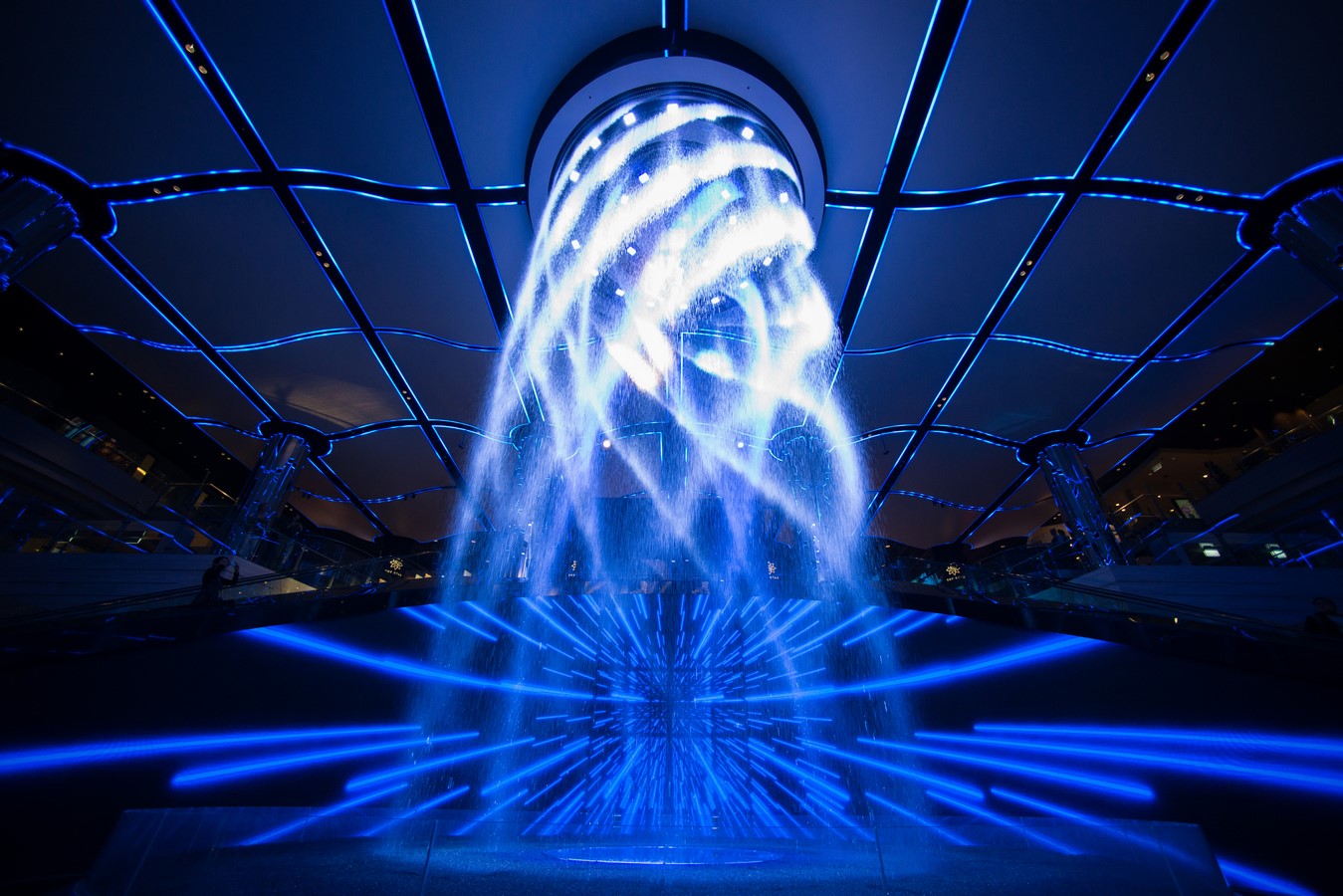
RTF: How is your experience of collaborating with architects and designers in working towards lighting installations and designs?
Bruce: All our projects are collaborations, with architects and designers, builders and councils, trades people and artists, accountants, and project managers. We each bring our angle to what is possible. My experience has been the more I open to those I collaborate with, the more harmonious the project becomes, and the more rewarding the project is for everyone.
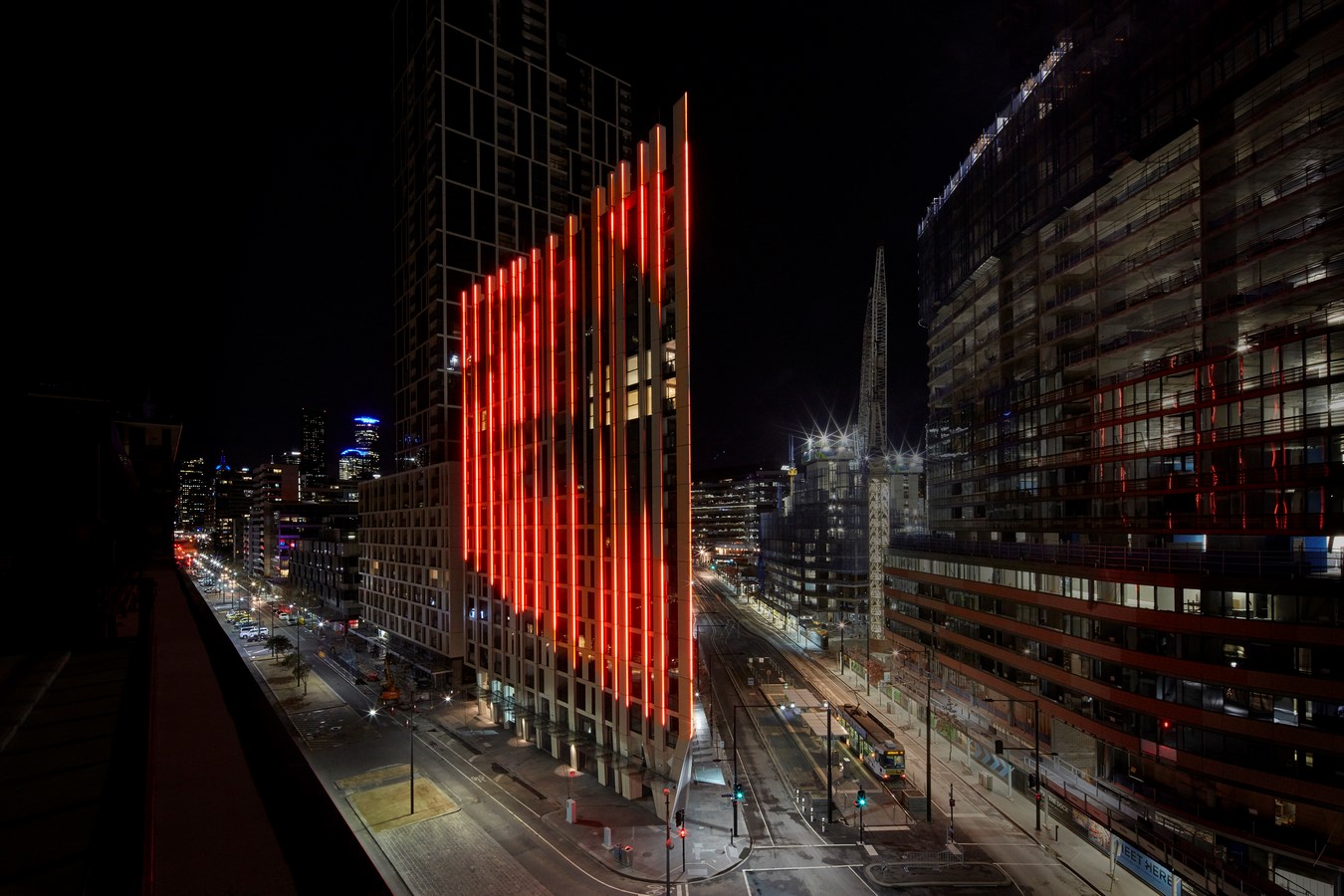
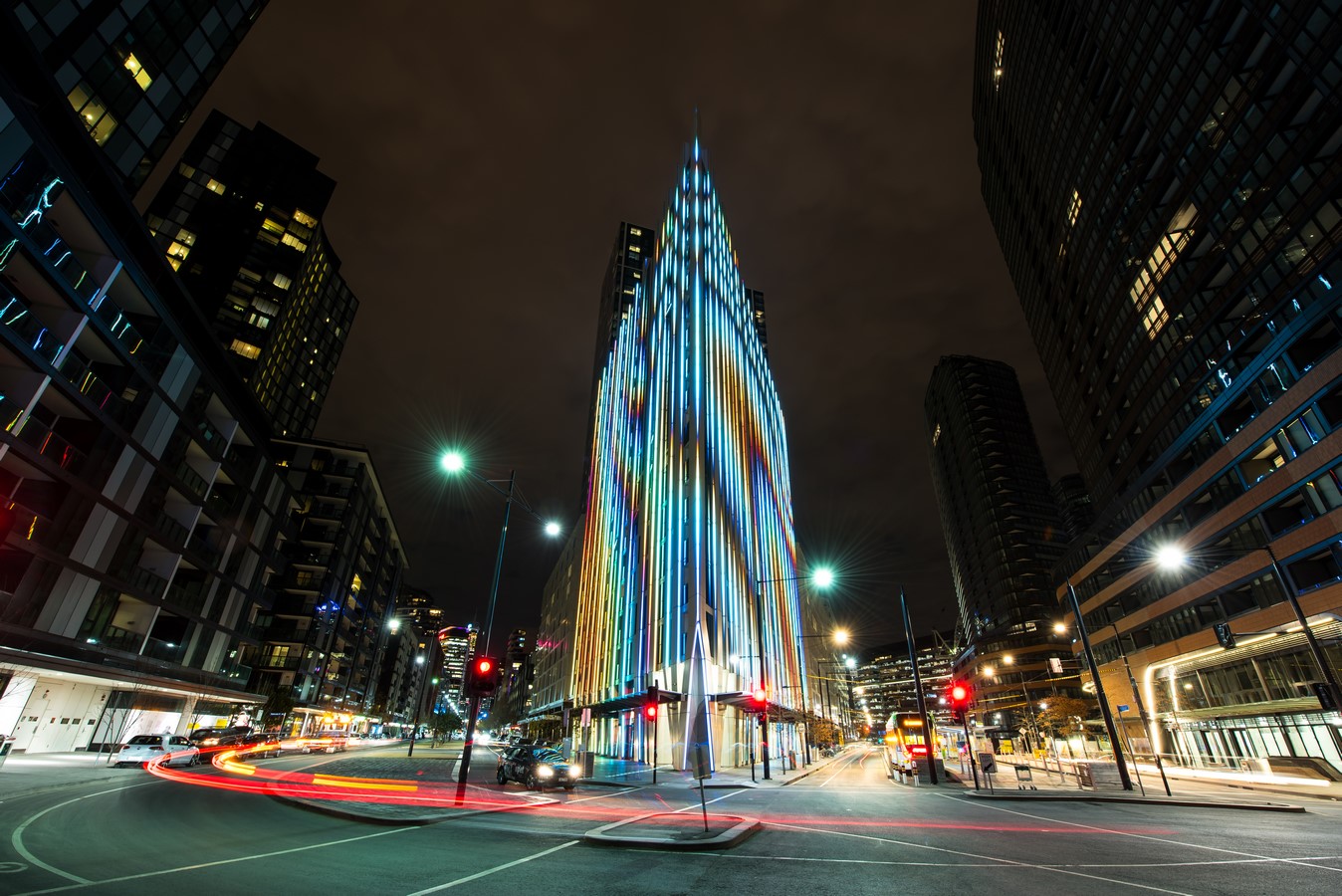
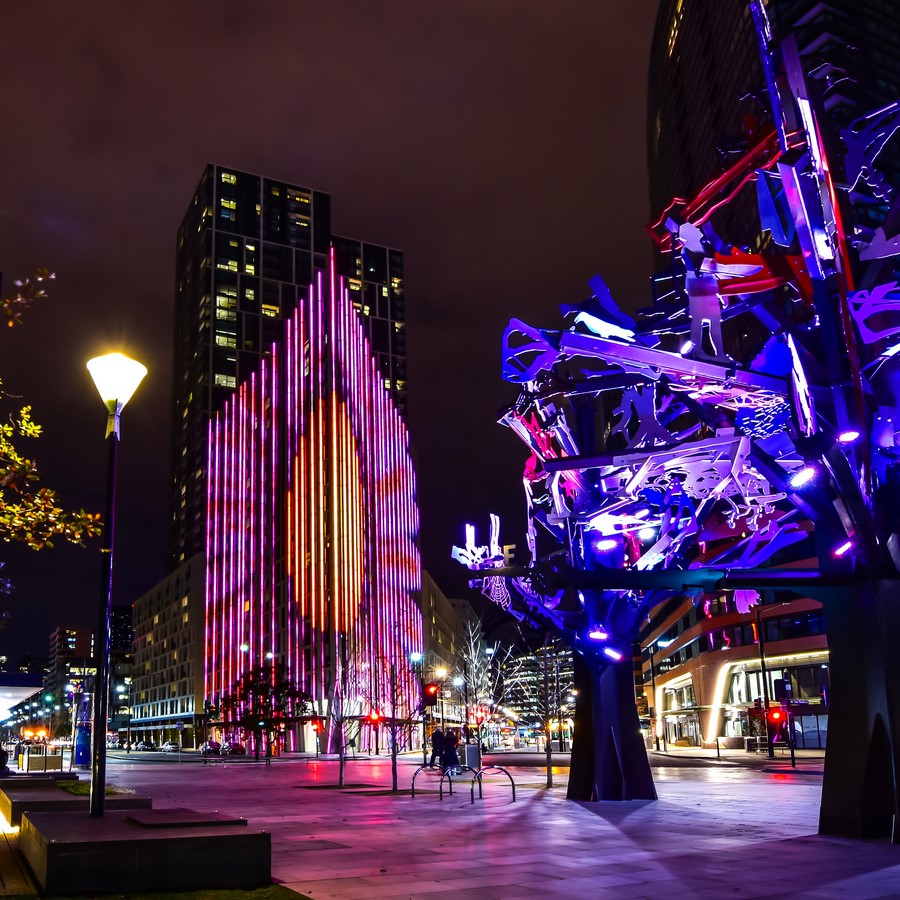
RTF: How has the research and development been in the realm of lighting design through the years and what are your expectations?
Bruce: The research and development of light is a rich field of exploration. In the hardware, I see the developments of materials like graphene, which can dissipate heat well, will evolve if not revolutionise the lighting industry. I also see that R&D into the science behind how we experience light will soon come to the forefront of the future.
RTF: What has been the most rewarding project? What made it so?
Bruce: All projects have different rewards. Choosing one over the other is like choosing which is your favourite child. The simplest smallest project can have powerful lasting impact on those that encounter it, where a larger more complex project can be more commercially successful.
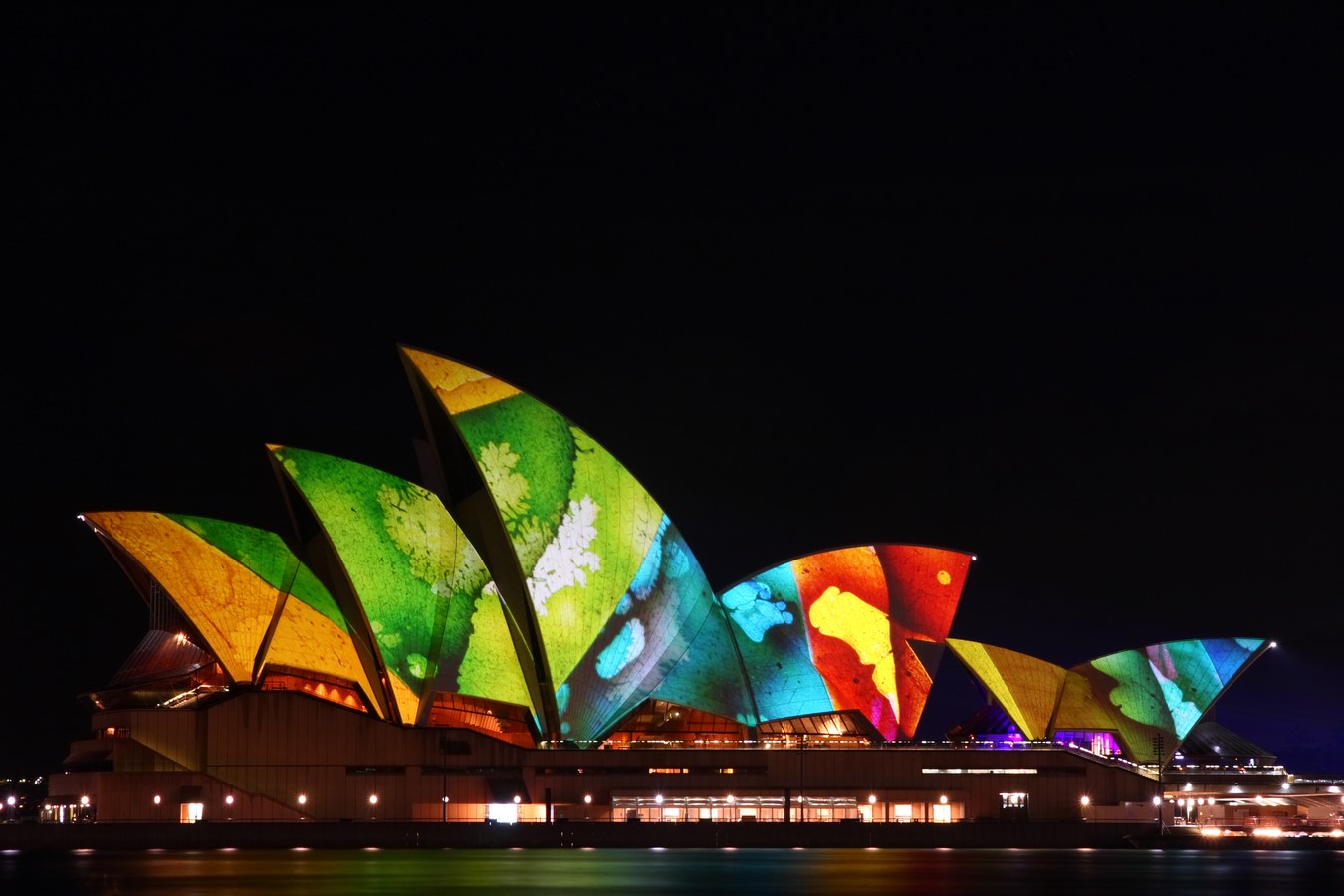
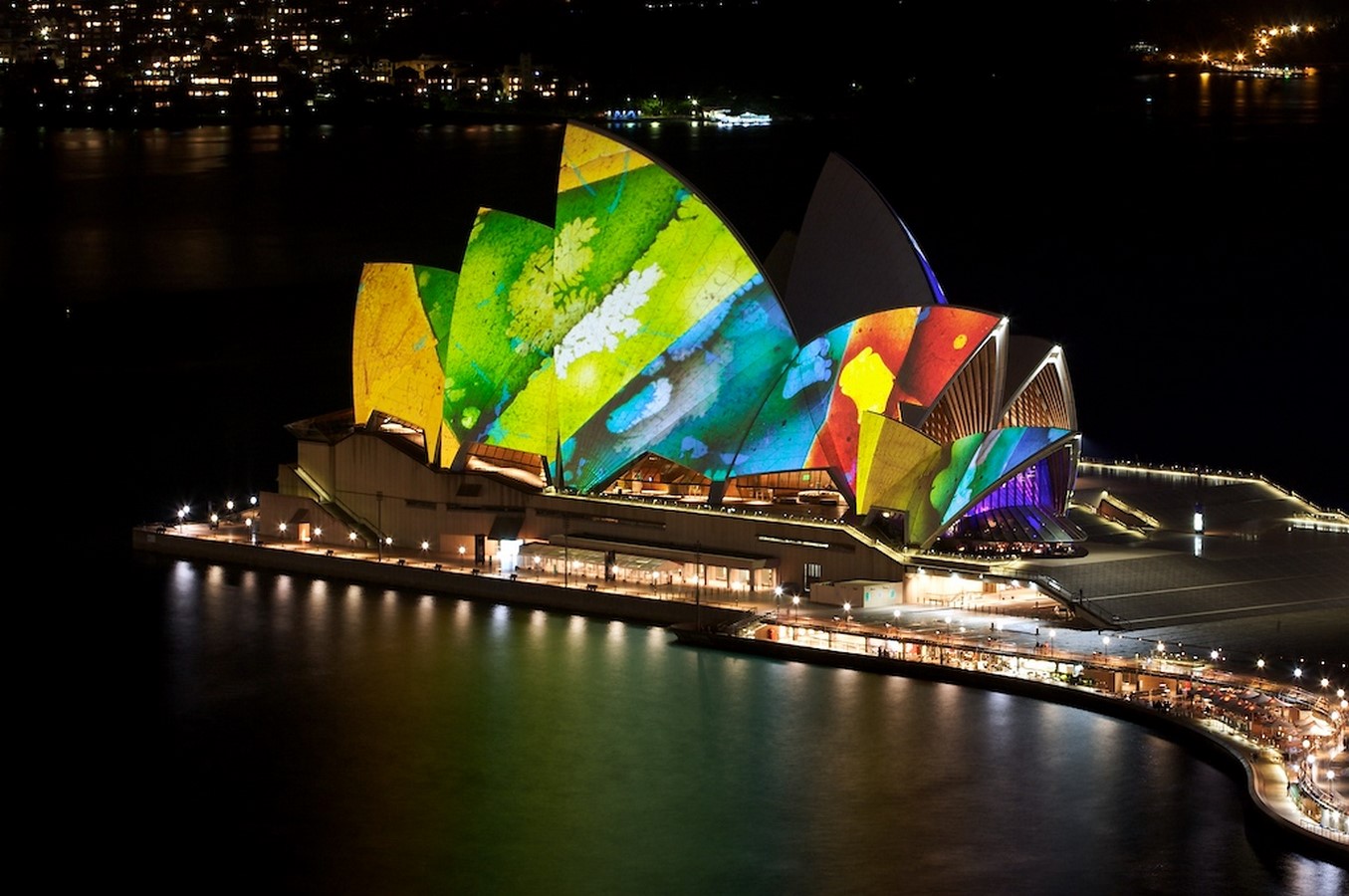
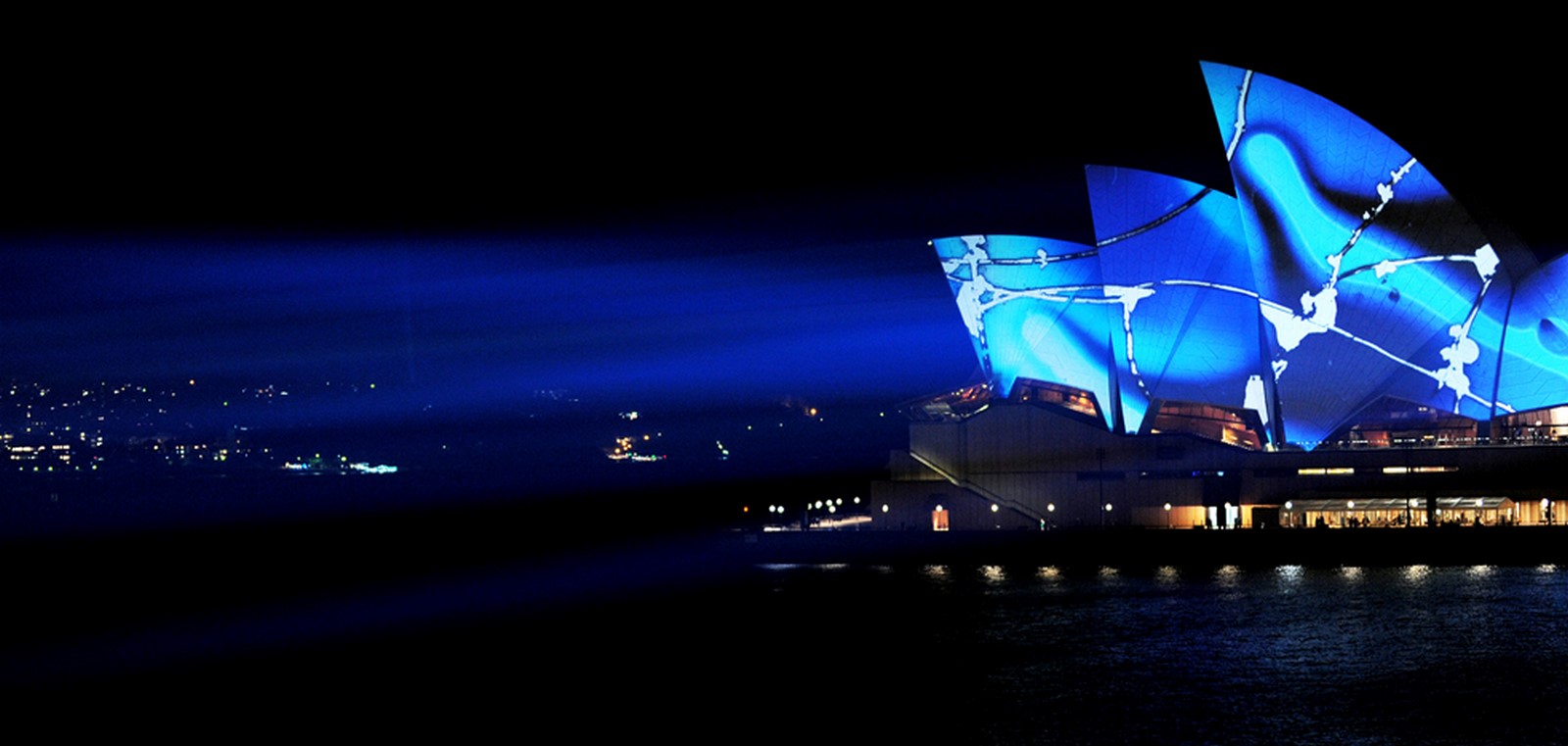
RTF: What has your approach been for the past 35 years of working? And how do look at ‘Growth’ professionally?
Bruce: My approach in work is the same as my approach in life, to treat everyone as equals, to explore ideas that expand us, to deepen the connections I build through my work. My professional growth is always intrinsically linked to my personal evolution. As a person who happens to be an artist, I see the most growth in what I might call ‘the movement of surrender’. Letting go of preconceptions, letting go attachments to what is ‘right’ or ‘wrong’, letting go of expectations. That movement of letting go allows me to be more open… then ideas come, connections build, life seems to flow better. I’ve always wondered… if an idea comes to me, does that mean it’s my idea? Ownership of an idea can result in a narrowing, as it does not allow for further or ongoing collaboration. Not needing to own an idea allows it to expand, be shared, to be inclusive.
